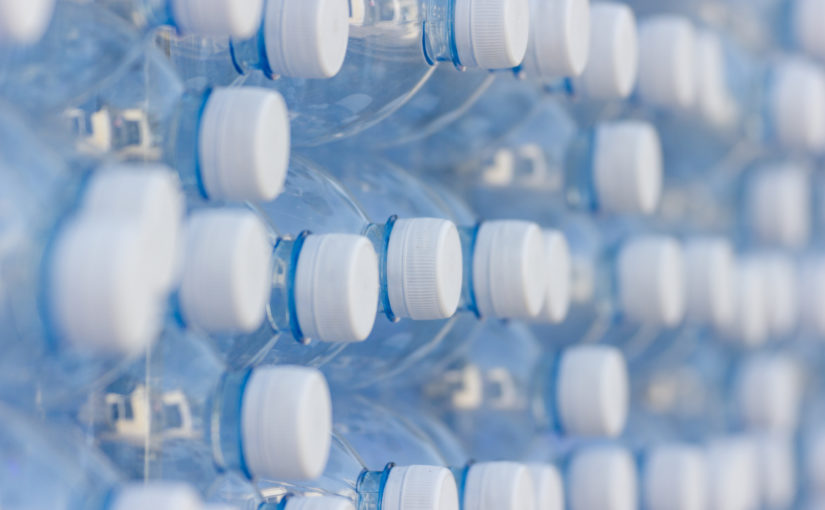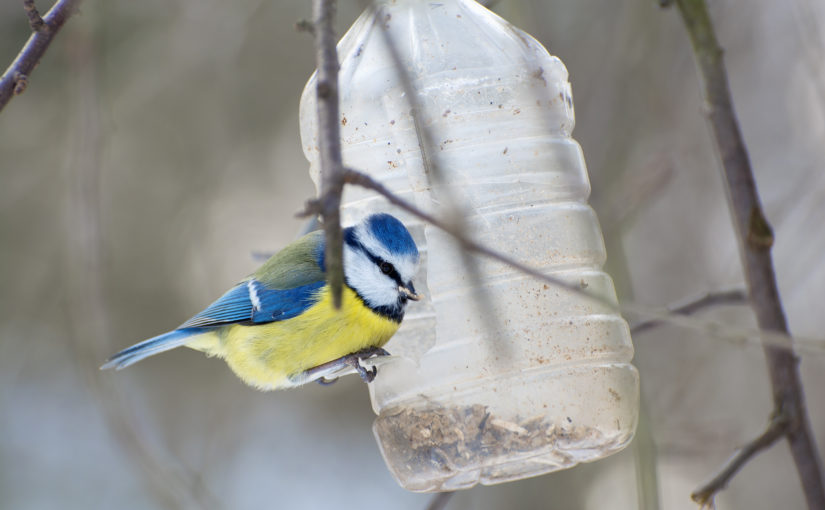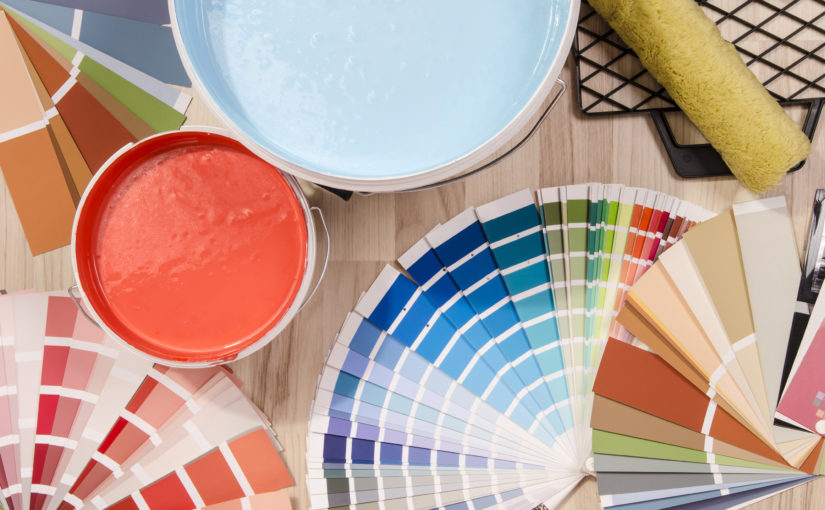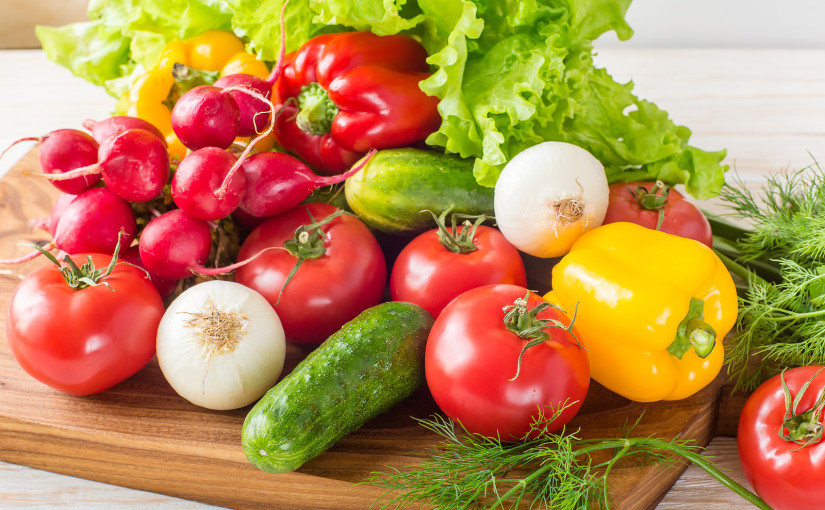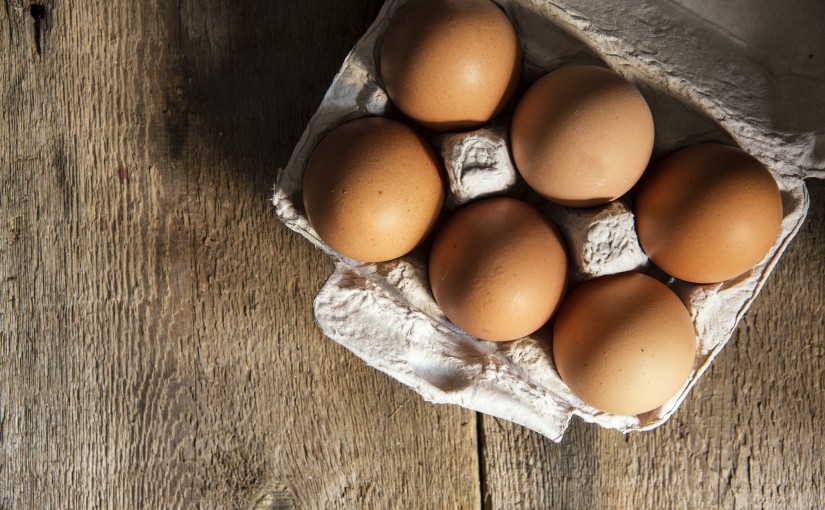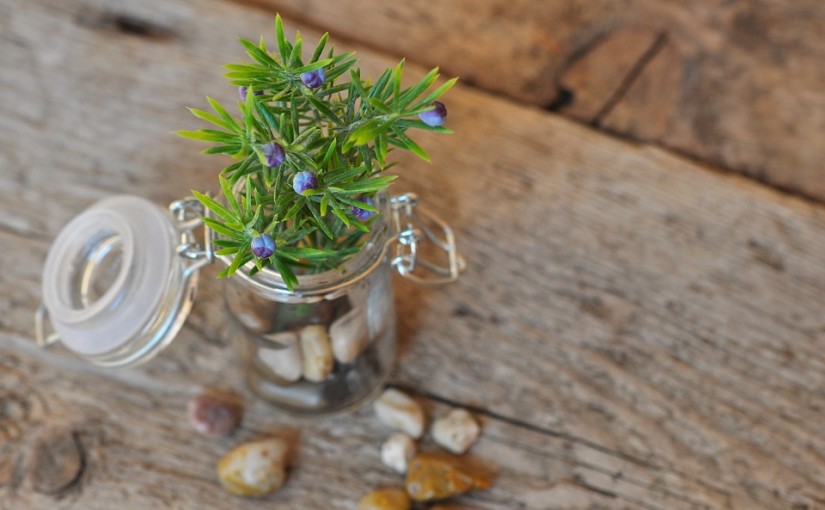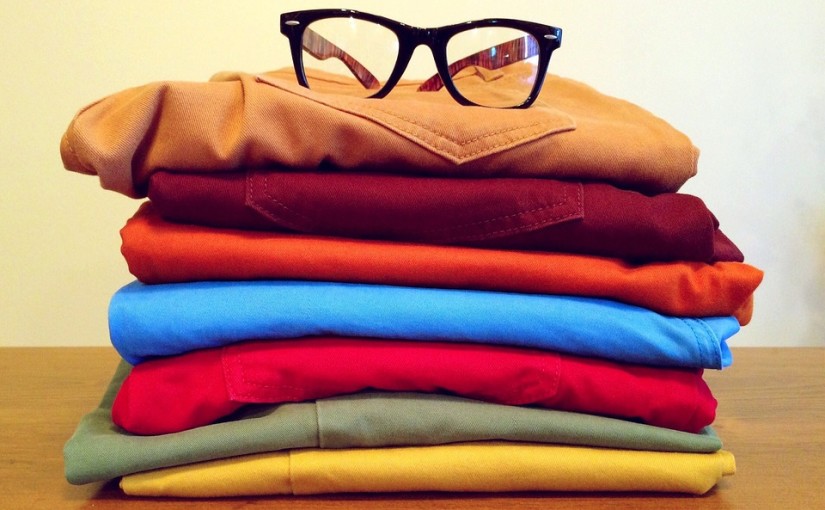If you are spotting lots of plastic litter when you walk around your local area or when you are doing a litter pick, it might be time to take control and, while working on reducing the amount of plastic waste your community produces, create some ecobricks.
Category: Alternative uses for waste
5 reuse ideas for single-use plastic bottles
Plastic is a hot environmental topic at the moment and while most people are trying to cut down on single-use plastics, or cut them out of their lives altogether, many of us will have a few old plastic bottles lying around. Instead of sending them straight to be recycled, why not give them a new lease of life by upcycling them into something useful? Upcycling is a great way to delay the recycling process, breathing new life into unwanted or seemingly useless objects.
Looking for some inspiration for your plastic bottle creations? Then look no further!
Continue reading 5 reuse ideas for single-use plastic bottles
How to use up leftover paint
You may have recently completed the redecoration of a room in your home, or you may have some leftover paint lurking in your garage or shed. Whatever the situation, don’t be tempted to throw the paint away — you may feel like you have no further use for it, but once you have read through our ideas below you won’t believe you were ever going to chuck it out!
How to upcycle car tyres
Due to its resilient nature, rubber is the perfect material for upcycling projects, and vehicle tyres can therefore be easily reused once they have become unroadworthy. Repurposing vehicle tyres is a nice alternative to sending them to landfill – an unfortunate ending for many tyres worldwide. When tyres are recycled, they are often shredded and used for producing playground surfaces, road embankments and synthetic turf. Why not reuse them before that stage and lengthen their life even more? Give some of these upcycling ideas a go.
8 surprising uses for fruit and vegetable peelings
Stop! Don’t throw those precious fruit and vegetable peelings in the bin. There’s always a further use for something, as you’ll see in our list of suggestions below. Let’s cut our food waste whilst enjoying new uses for our kitchen scraps. Peelings often contain more nutrients than the part we eat, so why not harness that goodness – whether that be on our skin, our hair, or elsewhere? And using the whole fruit or vegetable is much more environmentally friendly than binning it. Give these ideas a go:
1. Get rid of ants with cucumber peel
Ants don’t like cucumber peel, and will avoid it at all costs, so if you have an ant problem in your house, place generous strips of cucumber peel along their entry point. No toxic and expensive chemicals needed! The more bitter the cucumber, the better the result.
2. Clean your shower doors with lemon pulp
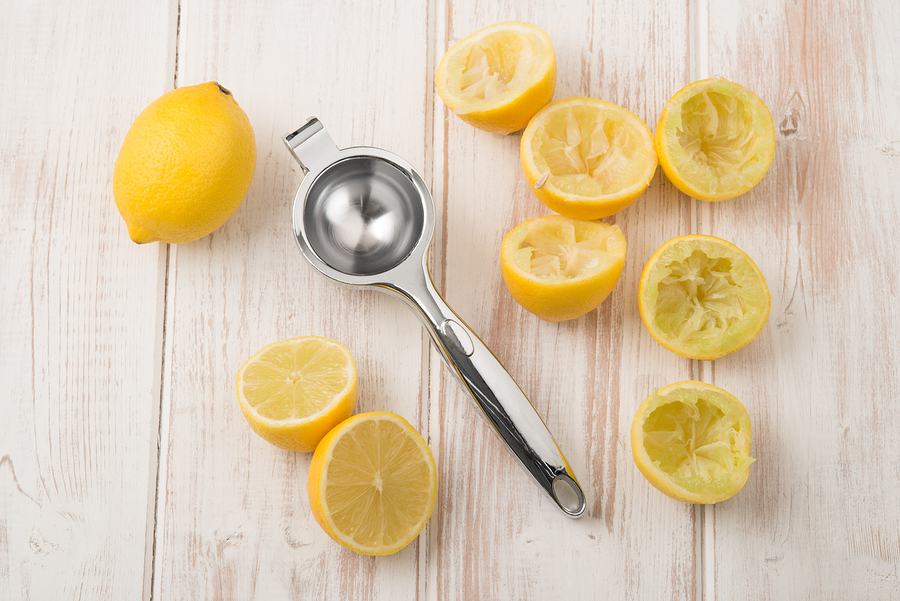
Continue reading 8 surprising uses for fruit and vegetable peelings
Paper: how to reuse it
With so much talk of the negative impacts of plastic on the environment these days, it’s easy to forget about paper; another product the world produces and wastes far too much of. Of course, paper is readily and easily recycled in the UK these days, but recycling should be the last option in every household, as it uses energy which otherwise wouldn’t be required. In this article I hope to inspire you with ideas for paper reuse, and get you to think about every piece of paper or card that enters your house. If you’d like some ideas for reducing your paper waste, so you have less to reuse, this article should help.
So, how can I reuse paper or card?
There are so many options available to you before you fling your paper straight in to your recycling bin. Give one a go today!
Bradford: Healing wounds with recycled eggshells
Researchers based at Bradford Royal Infirmary are currently developing a wound dressing which utilises the thin, fibrous membrane found inside hen’s eggshells.
The researchers are from NIHR WoundTec HTC at the National Institute for Health Research (NIHR), and are working in unison with a Norwegian company, Biovotecat, at the BRI site.
What are the benefits?
This groundbreaking research could be set to save the NHS millions of pounds, as wound management currently costs the NHS an eye-watering £5 billion per year. With 2.2 million wounds to tend per year, it is clear to see that the current cost of wound management is high. So, the eggshells cost less to buy than traditional wound dressings, but also the healing and anti-inflammatory properties of the eggshell membranes mean that wounds will heal faster and so treatment time will be significantly shorter too.
Continue reading Bradford: Healing wounds with recycled eggshells
10 reuse ideas for eggshells
Eggs are a popular food worldwide, but we only eat the inside part. So, that leaves the outer shell for us to deal with. In the past – or maybe even now, still – you’ll have just thrown it into the trash without a second thought. However, there are much better things you could be doing with them, which are far friendlier for the Earth than adding to our landfill. Take a look at our ideas below for some ‘eggspiration’!
Use in compost & organic gardening
Eggshells can be composted, so there’s no excuse to ever throw your discarded shells into the rubbish bin! They can also be used alone, crushed, in organic gardening as a slug and snail repellent. Whilst keeping pests at bay, the broken shell will also be adding nutrients to your soil, unlike nasty, unnatural chemical slug pellets.
25 ways to reuse an empty glass jar
You’ve got to the bottom of a pot of jam, marmalade, mayonnaise, or olives. Now what do you do with the jar? In our house we often reuse our glass jars for other food storage: wholesale nuts and seeds, the remains of a tin of baked beans, or some leftovers from dinner. However, what if you don’t need another glass jar? What if your kitchen cupboards are full? We’ve listed 25 ideas below of ways to utilise your empty jar. Which will you try?
- Fill your glass jar with some fresh water and fill it with fresh flowers from your garden to create a lovely, free vase.
- Make a batch of jam, marmalade, lemon curd or chutney and gift it in your jar. Jazz the jar up with a label and some pretty ribbon. Your recipient will love it!
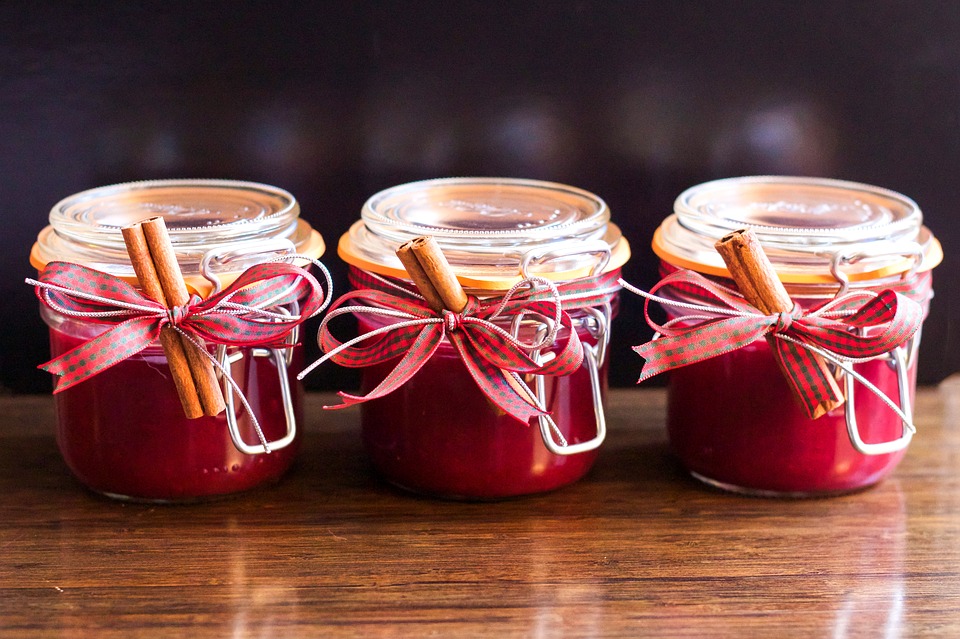
Fast fashion & the destruction of developing countries
It’s a little known fact that us Brits wear just 70 per cent of the clothes that we have stored away in our wardrobes, which leaves us with a total of 1.7 billion unused items. On average, a consumer keeps their garments for three years, but even more shocking than this is the fact that something might be frequently worn in the first year, and then phased into the stockpile of unworn clothes later on. That is why the average British closet is so overstuffed: we don’t wear all of the clothes we own.
The spending habits of the average person in the West have changed dramatically over the last hundred or so years when it comes to buying clothing. Between 2002 and 2003, for example, people in the US spent, on average, four per cent of their income on clothes, whereas back between the years of 1934 and 1946, clothing used up 12 per cent of people’s incomes. The current average expenditure per item in the USA is $14.60. Don’t go thinking that we are all consuming less though. On average, just one person in the UK will produce 70 Kg of textiles waste per year – that is a lot of clothing. Cheap, fast fashion means we are spending less yet buying more.
So, what will happen after you clean out your closet? Continue reading Fast fashion & the destruction of developing countries
